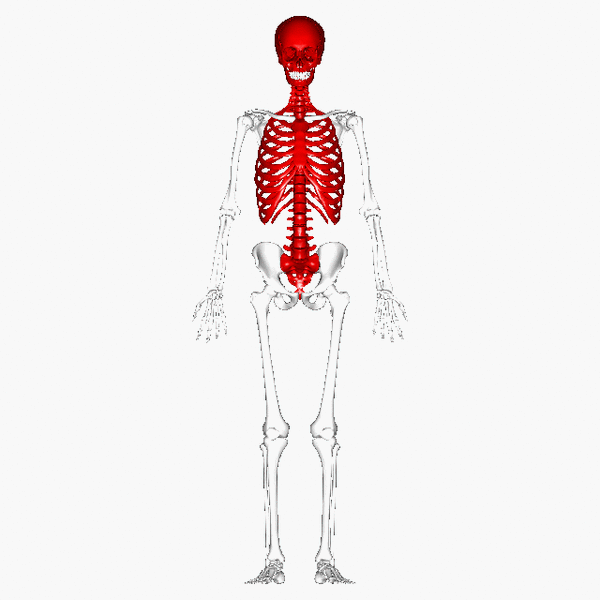Note that your final mark will not be saved in the system.
1.1.a. The structure and function of the skeletal system GapFill
You must fill all the gaps before clicking ‘Check Answers!’

The skeletal system plays several important roles in the functioning of the human body. The structure of the human skeleton provides support for the body, which would otherwise struggle to remain upright during routine daily activity. The ability to remain upright leads to a further function of the skeleton in maintaining .
Movement is enabled when working alongside the system. Bones act as levers and provide a location for to attach via tendons, causing movement at the upon contraction. Different joint types allow for a range of movements, with joints providing a greater range than joints.
The skeletal system is responsible for the of key minerals (e.g. calcium and phosphorus), which have many important roles in the healthy functioning of the human body.
Skeletal structures, such as the cranium surrounding the brain and the surrounding the heart and lungs, play an important role in the of vital organs. Bone marrow found in long bones, such as the humerus in the upper arm and the in the thigh, is responsible for the of blood cells – specifically, blood cells, which carry oxygen to the exercising muscles during aerobic respiration, and blood cells for the immune response to infection and disease.